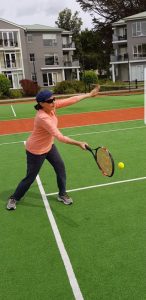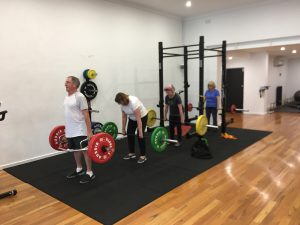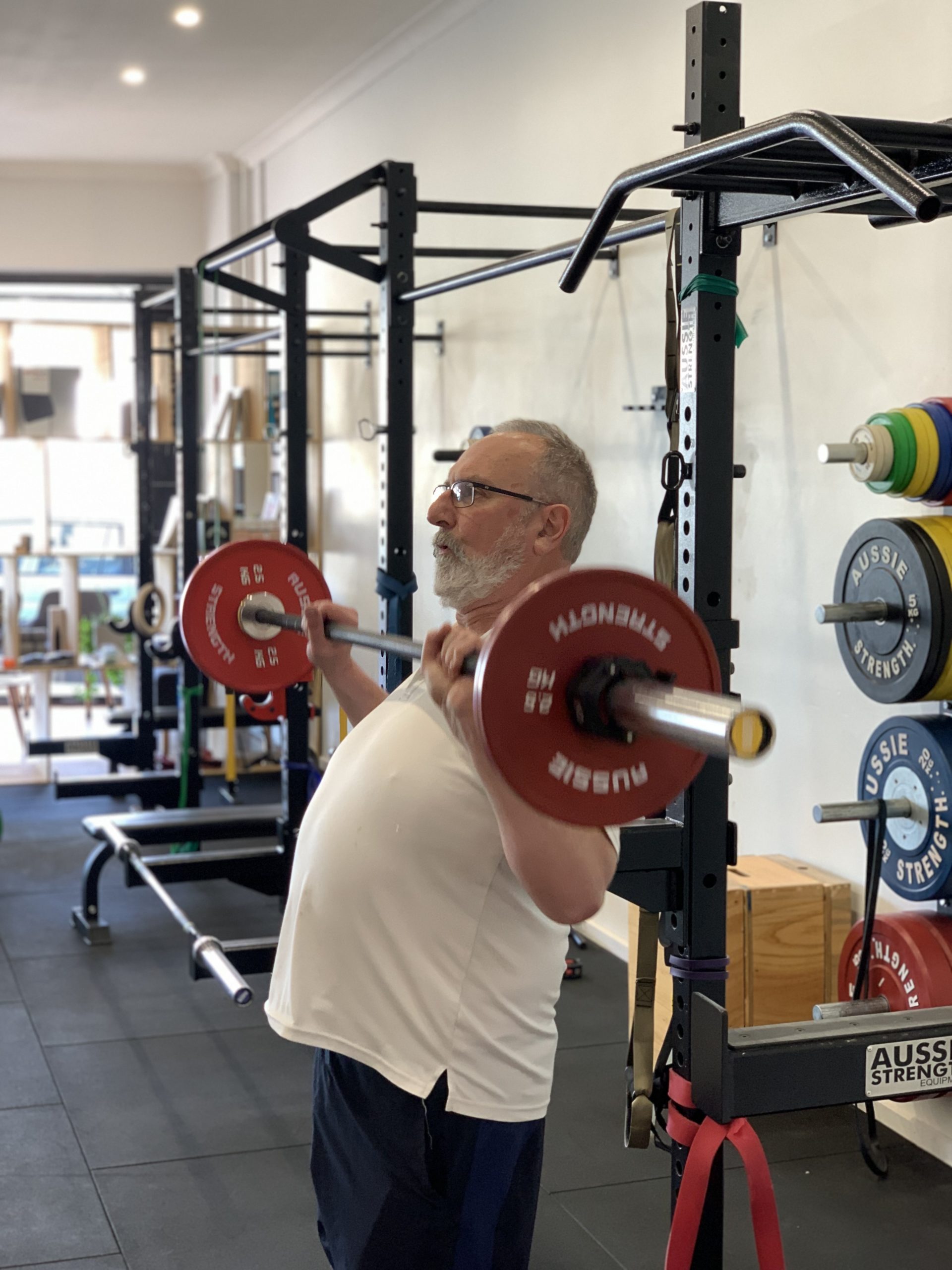In Australia, we currently have a growing ageing population. 18% of our total population are over the age of 65 and by 2050 this will be closer to 29%.
Of this population, greater than 50% do not meet the World Health Organisation’s Physical Activity Guidelines and 33% are completely sedentary with 20-30% of the population of 70 years old are considered ‘frail’.
The costs to the health system is $400 million a year with 8000 deaths related to physical inactivity.
This is a major public health priority!
Click here if you would like to read a little more into this https://exerciseright.com.au/exercise-right-for-active-ageing/

So why is it important to be physically active as you age?
Ageing = time & time = ageing
What you do with your time can have a major impact to how the next stage of your life will pan out for you.
Here is an awful list of the ageing process when you live a sedentary lifestyle:
- Vo2max (cardio fitness) declines 10% per decade after 30 years of age
- Bone density declines (especially in women who are post-menopausal)
- Muscle strength decreases approx. 12% to 15% per decade after the age of 50 years in both males and females (Liu and Fielding 2011) This can be as much as 50% loss by the 8th decade
- Therefore leading to:
- Increased risk of chronic diseases
- Increased risk of frailty and falls
- Memory loss
- Increased need for dependancy on others
Ageing doesn’t sound like much fun. Most of us have heard someone say ‘I’m too old’ or ‘It’s because I’m getting old.
We seem to take it for granted that this is what is supposed to happen due to age.
This is just not the case.
It’s these old school / social beliefs and behaviours that we want to challenge you with.
All of the above age based conditions are very preventable and if illness/ injuries do occur their affect on you can be greatly reduced.
Being sedentary has some major affects on your health. A sedentary lifestyle consists of a lot of sitting and lying down, with very little to no exercise.
This type of lifestyle can double your risk of cardiovascular diseases, diabetes, and obesity. Increase the risks of colon cancer, high blood pressure, osteoporosis, lipid disorders, depression and anxiety.
Overall, being sedentary increases all cause mortality. Unfortunately, you can lose years of your life just for not moving enough.
So if we were to participate in an active lifestyle, one that contributes to improving each of those points mentioned above, can we reduce the affects of the ageing process and live a good, functional life?
We would argue, yes you can!

What are the WHO Physical activity guidelines?
These guidelines are the most up to date, evidence based knowledge we have on the minimum requirement of physical activity.
- Moderate intensity exercise (breathless, a bit sweaty but can continue a movement for 20-30min)
- 30 min 5-7 days a week or 150-300 min a week.
- Vigorous intensity exercise (so breathless you have trouble talking and require bouts of rest)
- 70 – 150 min a week
- Strength training (lifting things that are challenging for you to lift)
- 2 x a week (4-6 exercises completed 3 times each)
- Reduce sedentary activities as much as possible
- If you have to sit down for a while, get up every 30 minutes and move.
Have a think and reflect on your own weekly activity levels. Are you meeting the minimum requirements for physical activity?
If yes, keep it up you are participating in some great practices for life and it will assist you by preventing injury and illness but also provide a conditioned body that can cope better if ever injury or illness affects you.
If you found yourself not meeting the above guidelines currently, we would recommend starting the process to slowly incorporate some of these activities into your lifestyle. You could start firstly by walking 30 min a day and go from there. Seeing an Exercise Physiologist would be a great start to understand how you can improve your your physical activity safely.
Why should elderly people lift weights?
As mentioned above muscle mass reduces as we age. This is a big problem and has lead to a new disease called ‘Sarcopenia’.
Sarcopenia = The decline of skeletal muscle tissue with age. It is one of the most important causes of functional decline and loss of independence in older adults, chronic disease and increased risk of all cause mortality. The cause of Sarcopenia include decline in hormones (eg. menopause) and numbers of neuromuscular junctions, increased inflammation, declines in activity, and inadequate nutrition.

Muscle equates up to 60% of our overall bodies mass and so has a major effect on all of our bodily systems.
The formula is simple:
Lift, carry, push or pull things that are challenging for you and eat plenty of protein.
To grow muscle we need to stimulate the muscle fibres by challenging them (weight lifting). We also need to provide energy (protein) to allow our muscles to recovery and grow. This allows our muscles to adapt to what we have placed on our body. Our system if forever changing based on our activity levels and what we put back in.
Here is a great example of muscle tissue of a 40 year old triathlete vs a sedentary 70 year old vs a 70 year old triathlete.
These cross sectional photos of the thigh show the increase in fatty tissue and loss of lean muscle if we maintain sedentary On the other hand we are able to maintain muscle mass if we continue to provide stimulation to muscle regularly for life.

We highly recommend strength training for older adults and elderly people in fact the evidence states that it is riskier not to participate in exercise, there is THAT much benefit for you!
Benefits such as:
- You don’t need a good level of fitness to start strength training
- People who do strength training get strong regardless of age or disease
- Risk of falls in women reduced by 57%
- When the mortality rate after a fall is so high, this is a no brainer!
- Improvements in strength occur even into your 90’s.
Beginning a strength / exercise program can be daunting. Pain, injuries or health issues are all barriers to start implementing an exercise program especially if exercise has not been a major part of your routine previously.
This is where Accredited Exercise Physiologist’s (AEP’s) come in. Up until 2006 Exercise Physiologist’s were researchers in the field of exercise in sport and in health.
Due to the overwhelming evidence of the positive impact exercise has on our health such as prevention as well its powerful treatment abilities, we needed a profession that was qualified to apply the science.
So the allied health profession, Accredited Exercise Physiologist was put on the Medicare benefits scheme in Australia and has since grown to vast numbers of practitioners all over Australia.
All Accredited Exercise Physiologist’s must complete an undergraduate degree in Exercise Science and then a Postgraduate Masters degree in Applied Science Exercise Physiology. They are then accredited by “Exercise and Sport Science Australia” where they must complete yearly professional development.
Today your GP’s and other medical specialists refer their patients to Exercise Physiologist’s to assist people in starting the process of including exercise into their lifestyle safely.
Exercise in this instance is used like a prescription – there is a certain amount that a person can tolerate for their individual needs and certain amount of exercise that is required to improve and make big changes in health outcomes.
It’s never too late to start, we recommend seeing an Exercise professional such as an:
- Exercise Physiologist (allied health ) (especially if you have multiple issues such as illness, injury or pain and need to work with your GP / specialist or other allied health professionals)
- Exercise Scientist if you are apparently healthy and are not sure how to start exercise but would like to learn how.
Exercise is a journey, not a destination. It must be continued for the rest of your life.
We do not stop exercising because we grow old – we grow old because we stop exercising.
Dr. Kenneth Cooper, Cooper Institute.
If you are looking for an Accredited Exercise Physiologist in your area you can visit http://www.essa.org and search for an AEP in your location.
Another great resource for information about exercising with certain health conditions is here: https://exerciseright.com.au/
We have the “Exercise Right – Exercise for older adults” book as part of our library at PXP. You are welcome to borrow it the next time you come in, just ask our staff. Or here is the link to download your own copy: https://mailchi.mp/essa/exerciseforolderadults
Written by:
Beth Chiuchiarelli
Accredited Exercise Physiologist
So is it as simple as moving more? Well, yes but it is not easy for everyone.

